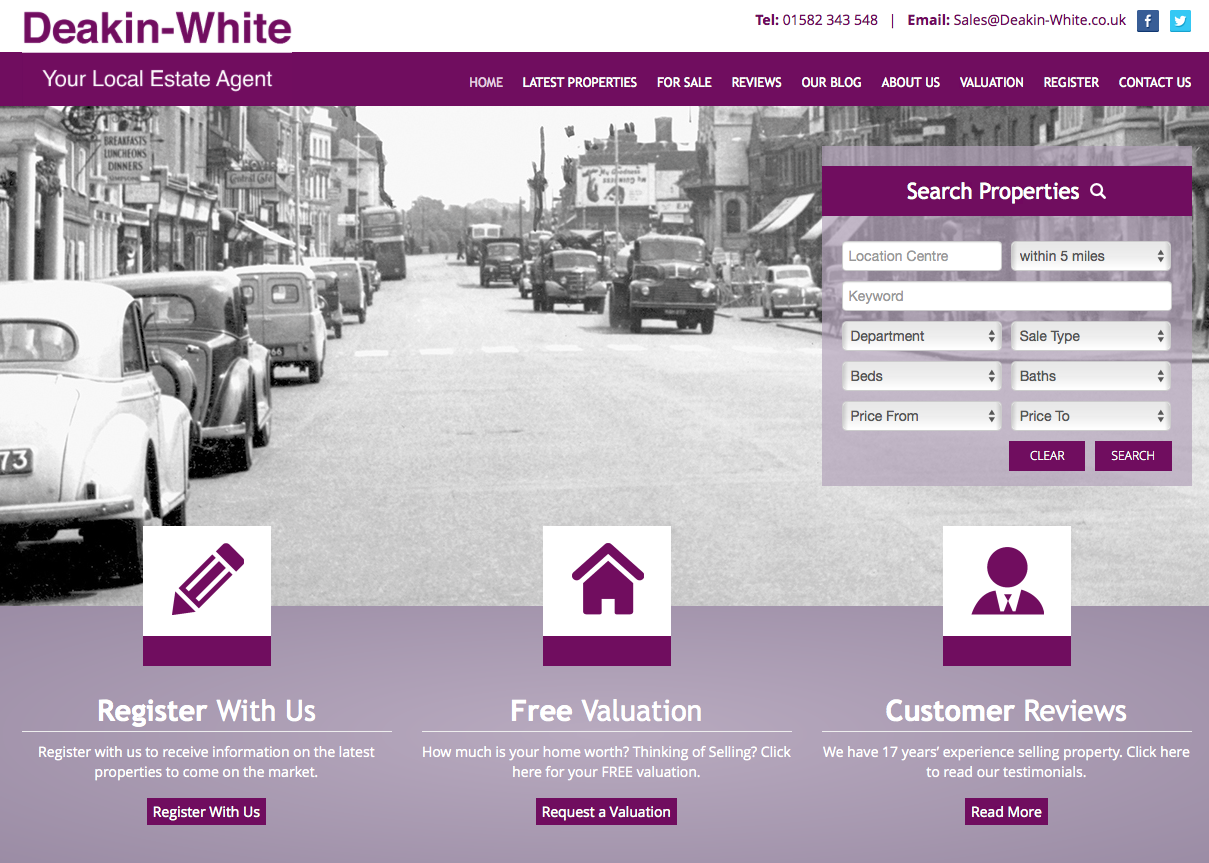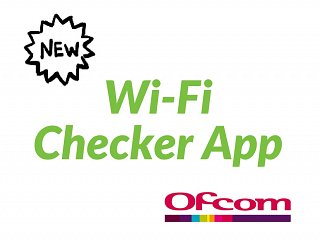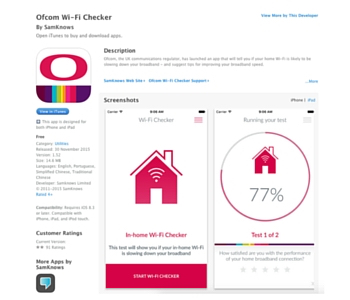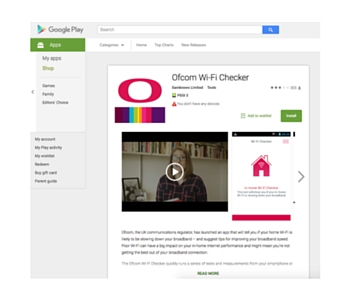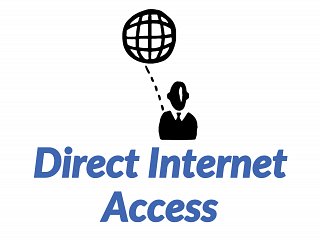
Taking payments is critical to many businesses both traditional and mobile – but with a lot of changes in the pipeline you need to know what your options are – and what your customers will be expecting.
Cash is going nowhere (well, as far as we know!), but cheques have long been rumoured to be on the verge of being axed, with the latest estimates that they will be phased out by 2018. Partly because so few people now use them and partly because of the high costs of processing them.
Frictionless payments are now increasingly popular and available – so card payments can now be contactless for amounts up to £30, meaning compatible machines simply read the card’s chip when it is presented, speeding up the payment process and taking away the requirement for a PIN number to be entered while maintaining high security.
And, as ever, mobile phones are also driving forward new change – the likes of Apple and Android both offer mobile payments on the go, with card and account details stored in the wallets of your mobile device.
With a huge surge in contactless payments since they were introduced, and one predicted imminently for mobile ones, it’s clear that these new technologies are carving out the future of payments.
So what does this mean if you are a retailer, either based in a bricks-and-mortar business or an on-the-go one? Basically that you have a lot more choices now – and that costs can come down dramatically once you look beyond the realms of the traditional high street banks.
At Boxx, for example, we offer a reliable and cost effective alternative to banks at a lower price point, and a variety of products to suit your needs, covering both online and terminal options.
We’re confident we can reduce your current card processing and banking costs, and you’ll also benefit from being able to hire terminals on a monthly basic rather than buying upfront.
So talk to us about our flexible and competitive payments options today!

